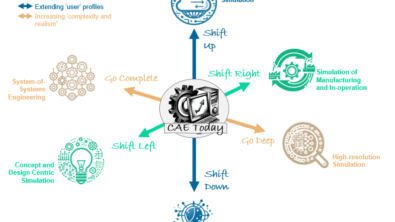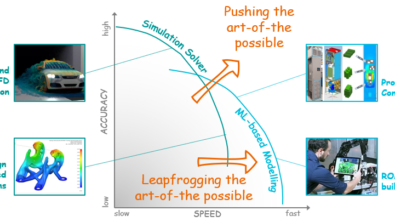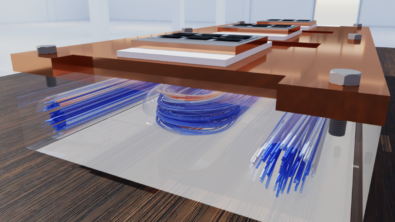Computer Aided Engineering in the Industrial Metaverse – Part 1
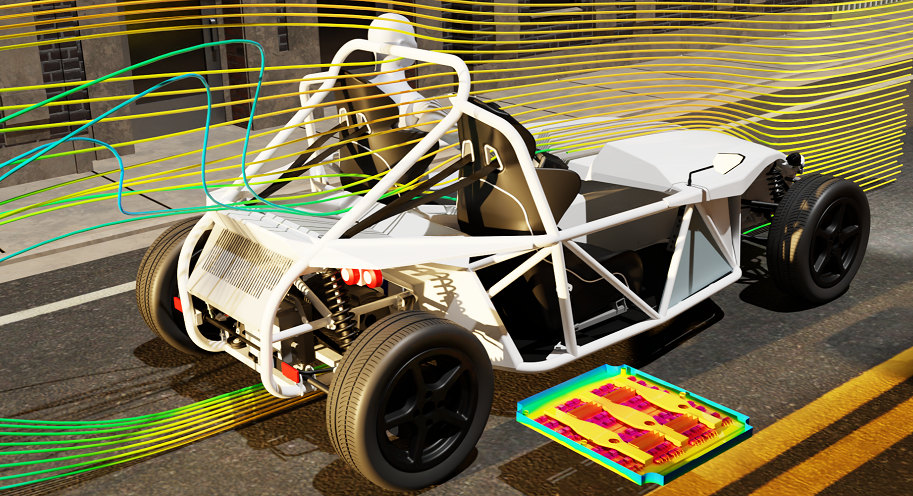
The Metaverse, as a concept, means different things to many people. Unsurprising as the Metaverse is in the process of transitioning from a notion into something more concrete. Despite the term being coined by the author Neal Stephenson back in 1992, it is only now that we’re seeing the emergence of Metaverse solutions. From gaming to commerce through social to industry, there are various ways in which Metaverse(s) will have a fundamental impact on our lives. True also for Computational Aided Engineering (CAE).
What Is or Could It Be?
Meta derives from the Greek meaning ‘after’ or ‘beyond’, but when used as a suffix can be taken to be ‘transcending’, ‘more comprehensive’ or more recently ‘self-referential’ (e.g. metamodel, a model of a model). When prefixed to the foreshortened ‘Universe’, one could take it mean a ‘self-referenced world’. Considering the term is over 30 years old, and only recently has the digitalisation of our world accelerated, it was surprisingly prophetic.
A persistent mirror world, a space that reflects reality, a concurrent virtual representation, a natural home for the digital twin.
All Things to All People
It is unlikely a single Metaverse will emerge dominant, there will be different manifestations fit for differing tasks. Sure, they’ll share common technologies, infrastructures and standards, but be tailored for a range of purposes.
Gaming
Unsurprisingly and not for the first time, gaming has spearheaded the most rapid developments. MMO (massive multiplayer online) games such as World of Warcraft attract an estimated 8 million players1 and features compelling (though not photo-realistic) interactive 3D graphics. Minecraft has a staggering 140 million users2 and is arguably the most successful game ever. A sandbox game where a 3D world can be constructed and, for those of you with children who have played it might know, an incredible outlet for their innovation and imagination.
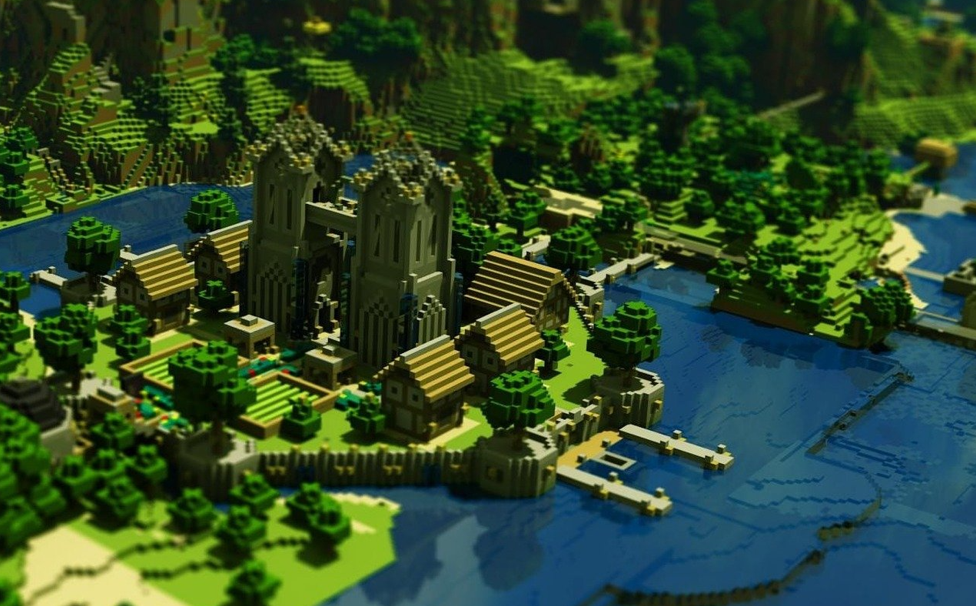
Other titles such as Call of Duty, Grand Theft Auto, Fortnite and just about all other role-playing games today utilise advanced graphics processing and the latest advances in 3D visualisation. Very much virtual worlds that one can inhabit and interact with (though often not exact replicas of the real world).
Social
A successful socially interactive Metaverse has yet to emerge. Second Life, released in 2003, a 3D world where your avatar can do anything it wants with no set objective, today has 70 million registered accounts but ‘only’ ~200,000 daily users3. Unsuccessful only in comparison to Facebook’s ~2 billion daily users.
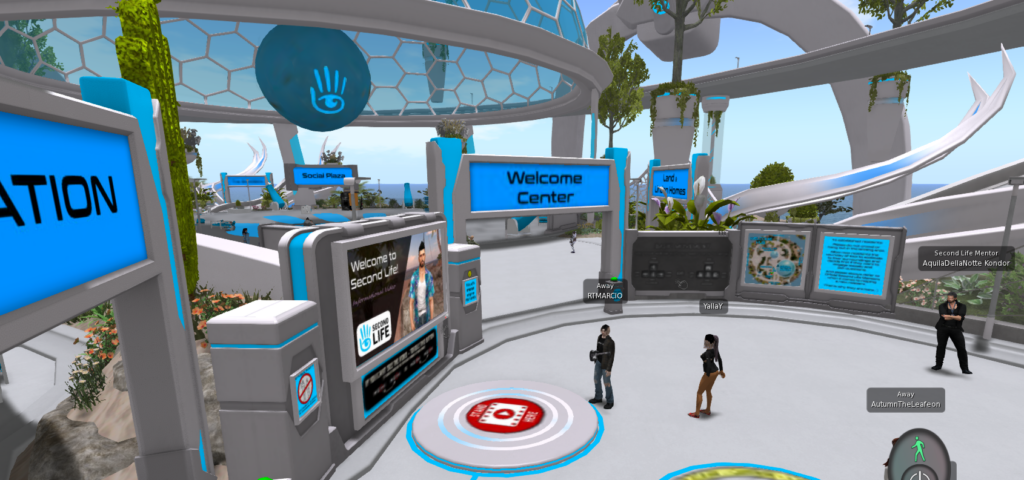
In 2021 Facebook rebranded as ‘Meta Platforms’ with Zuckerburg declaring a commitment to the Metaverse. 2 years later, and after ~$10B losses, he announced a pivot away to focus on AI instead. Maybe VR hardware has not sufficiently advanced or there was little perceived value in 3D virtual social interaction by the market, or maybe it was just the lack of legs of a Meta Horizon Worlds avatar? Microsoft seems to have also pivoted away from their previous excitement whilst Apple remains tight lipped on its Metaverse plans though is ploughing ahead with their AR hardware.
Commerce
The internet has revolutionised the retail experience with eCommerce now accounting for between 15 and 20% of all US sales4 . The Metaverse is often considered the next evolutionary step of the internet so one would assume it too would see retail patterns adapt to it. The question though is what additional value does a Metaverse retail experience offer? What does a 3D virtual world offer that an existing on-line shopping experience can’t? Relatively little apparently5 unless that experience better bridges the virtual and physical worlds such as virtual real estate open houses, the experience of travelling to a new destination (even a different time), fitness cycling through different locations, etc.
That’s not to say no money (real or otherwise) changes hands in the Metaverse. In-game purchases using virtual currencies is commonplace and digital assets can be monetised using blockchain technologies, though the excitement over non-fungible token ‘art’ of 2020 has all but vanished now. Virtual real estate can be purchased in Metaverses such as Decentraland and The Sandbox, but the current driver is mostly speculation.
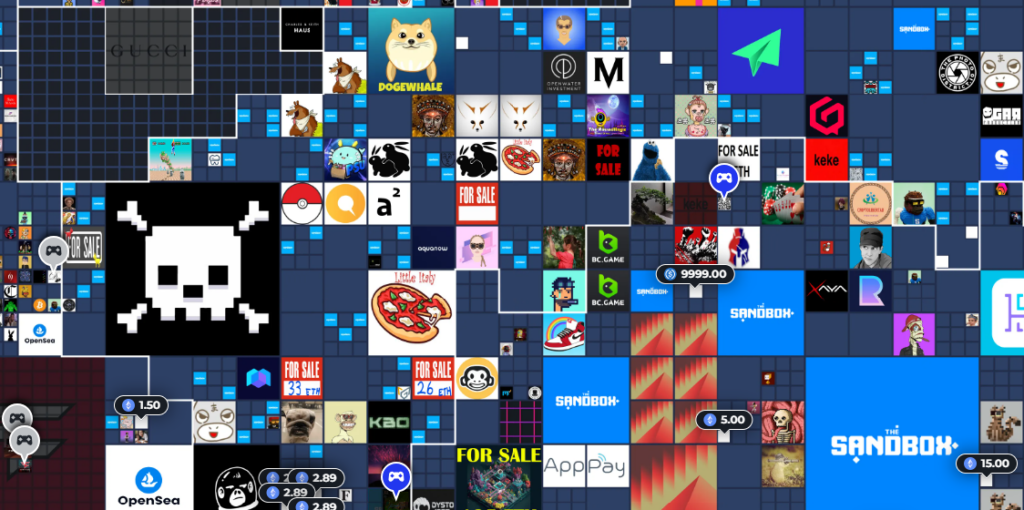
The Industrial Metaverse
Distinct to all the other types, we define the Industrial Metaverse as:
“It will be a world which is always on (persistent), allow for the interaction of an infinite number of people and assets (concurrent), and offer the full immersion into a physics-based, photo-realistic and real-time simulation. In this digital environment people can break the barriers of distance and work together across countries and continents, enabling a whole new level of collaboration.”
A true mirror of reality, be it being designed, in production or in operation. In lieu of a more verbose description, this video summarises a typical example quite clearly:
For over 175 years Siemens has pioneered industrial technologies and the Industrial Metaverse will be no exception.
So, What About CAE?
Despite being a virtual world, the Industrial Metaverse (let’s abbreviate it to ‘IM’) must conform to the physical behaviours of the real world. Any IM asset (digital twin) must be physics-based and ultimately real-time. CAE is rooted in physical simulation be it structural, aerodynamic, hydrodynamic, thermal etc. and as such has a central role to play.
The mainstay of CAE adoption today is during product design, the period from concept ideation through to sign off for production. During this phase there is no physical equivalent, it is purely a digital twin of what will subsequently be manufactured. The fidelity of the physics simulation should be such that its behaviour is accurately predicted to the extent where concept architectures can be identified, trade-offs made, all the way through to the verification that its behaviour will conform to requirements. Real-time simulation is less of a driver than accuracy. Even so, the IM still plays a role at this stage in terms of collaborative design reviews, for a range of differing job roles, to interact with a pre-solved simulation of a product concept in a wider photo-realistic 3D operating environmental context. An example of which is shown below:
Although the above is a rendered animation, the 3D scene from which it was taken can be concurrently loaded by multiple people, each with the individual ability to view from any angle, inspect the geometry, the results and navigate to any point in the transient sequence. A collaborative design review bringing together differing engineering and management functions into a single space so as to accelerate the design decision making process.
In the next part of this blog series we’ll further expand on what the IM is and isn’t, the process by which CAE results can be rendered in an IM context as well as look towards a future of real-time high-fidelity IM simulation.
References:

